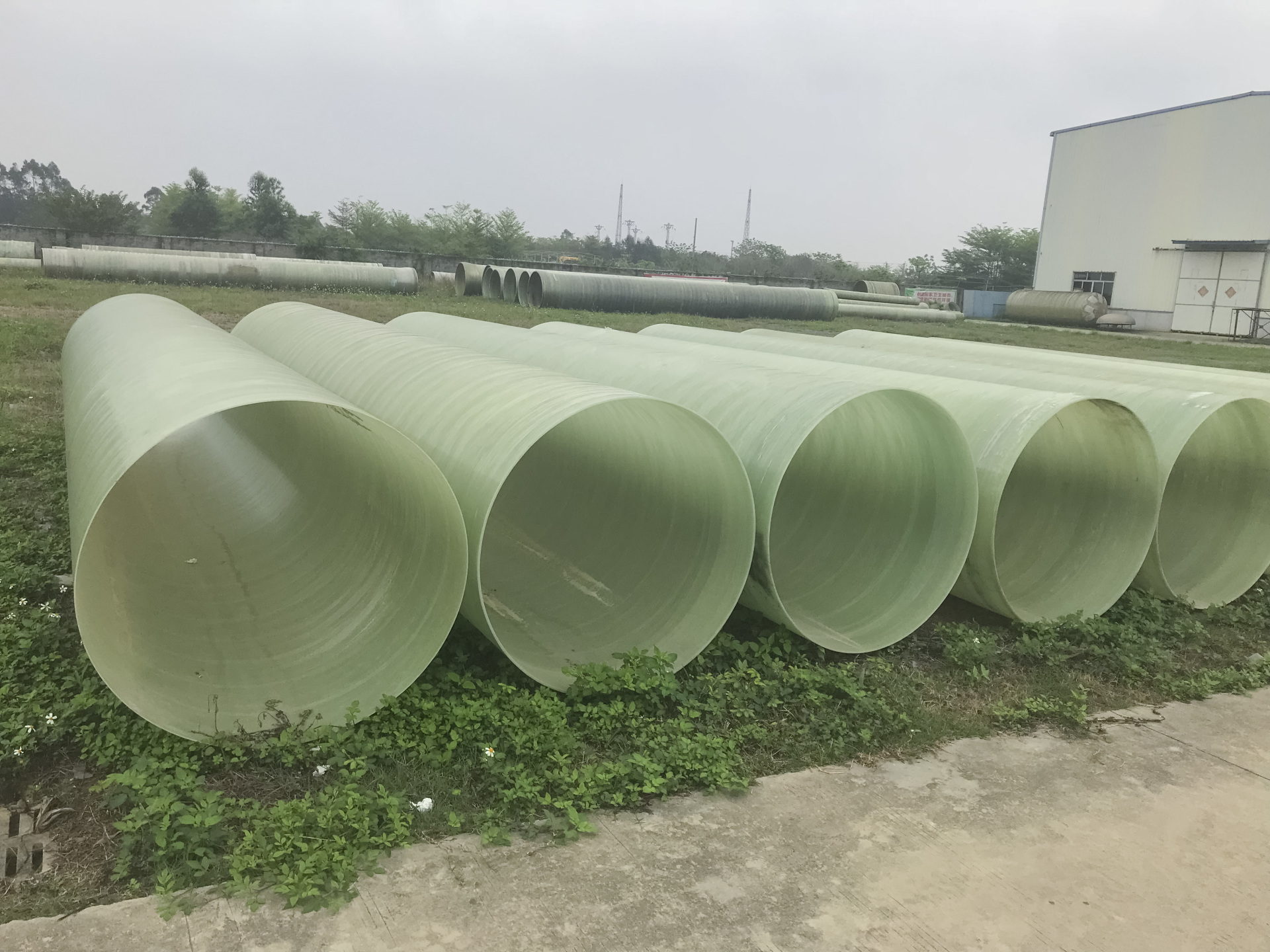What should be noted when installing fiberglass reinforced sand pipes? How to deal with sand leakage? Does anyone know?
Release time:
2023/02/10
What should be noted during the installation of fiberglass reinforced sand pipes? How to deal with sand leakage? Does everyone understand? Installation precautions for fiberglass reinforced sand pipes: 1. When loading and unloading fiberglass reinforced sand pipes, avoid using hard ropes or steel wires for binding. Soft ropes should be used, and do not thread the rope through both ends. 2. Secondly, when the pipes are buried at the construction site, they need to be secured with wooden wedges to ensure that the two pipes do not come into contact.

What should be noted when installing fiberglass sand-clamped pipes? How to deal with sand leakage? Does everyone understand?

Installation precautions for fiberglass sand-clamped pipes:
1. When loading and unloading fiberglass sand-clamped pipes, avoid using hard ropes or steel wires for binding. Soft ropes should be used, and do not pass the rope through both ends.
2. Secondly, when the pipes are buried at the construction site, they need to be fixed with wooden wedges to ensure that the two pipes do not touch.
3. Thirdly, fiberglass sand-clamped pipes are flammable. It is very important to pay attention to this issue at the construction site. Protective measures should be taken during welding and other activities to prevent the pipes from being exposed to flames or power sources. When stacking, pay attention to the flatness and cleanliness of the ground, avoiding sharp objects like stones to ensure the safety of pipe stacking.
The design of fiberglass sand-clamped pipes is determined based on conditions such as pressure and stiffness to decide whether sand clamping is needed. If the thickness of the pipe can meet the requirements for pressure and stiffness, sand clamping is generally not required. If the thickness of the pipe can meet the pressure requirements but not the stiffness requirements, sand clamping is chosen to increase the thickness to achieve stiffness. Compared to fiberglass pipes, sand-clamped fiberglass pipes only have one layer of sand, which can be understood as using quartz sand instead of fiberglass.
Fiberglass sand-clamped pipes have stability and are mainly used for underground pipelines and long-distance pipelines. They are characterized by lightweight, corrosion resistance, long service life, and low operation and maintenance costs, which can save a lot of funds for construction projects. The main forming process of fiberglass sand-clamped pipes is controlled by computers, and the lining is made according to the specified process of fiber-wound fiberglass pipes. After gelation, the structural layer is wound according to the designed straightness and thickness, and a mixture of quartz sand and resin mortar is wound in the structural layer and outer protective layer.
How to solve the problem of sand leakage in fiberglass sand-clamped pipes?
1. Fiberglass sand-clamped pipes can resist corrosion from various acids, bases, salts, organic substances, and seawater. In other words, the performance of fiberglass sand-clamped pipes as various liquid transport pipelines is very stable, distinguishing them from other transport pipelines while ensuring the service life of the pipes themselves, providing certain cost guarantees for businesses. The pipes are pollution-resistant, ensuring that sand-filled pipes can be used to transport drinking water without being affected by the odor and toxins of the pipes themselves.
2. As a liquid transport material, sand-filled pipes have many advantages, which is why they have always been favored.
3. However, the issue of pipe leakage is something we cannot ignore, and the easy leakage point of sand-filled pipes is their sealing. 4. Solution: The first step is to stop the leak. If the leakage is not serious, measures can be taken under pressure.
5. Then stop the leak, using a blower pipe interface during the sealing process. Additionally, the gaps should be sealed with oil rope and burlap. Fill with a mixture of fiberglass and resin putty, paste it, wait for complete curing, and then test again to see if there is any leakage at the sealing point.






